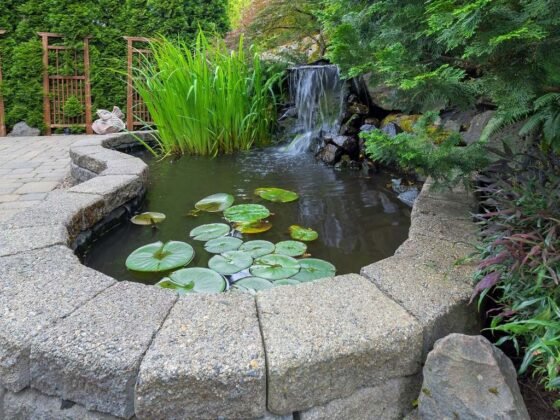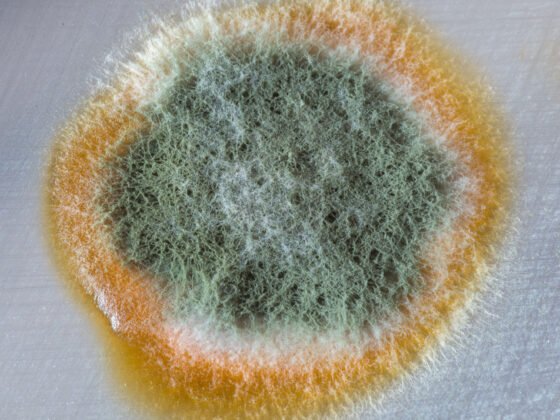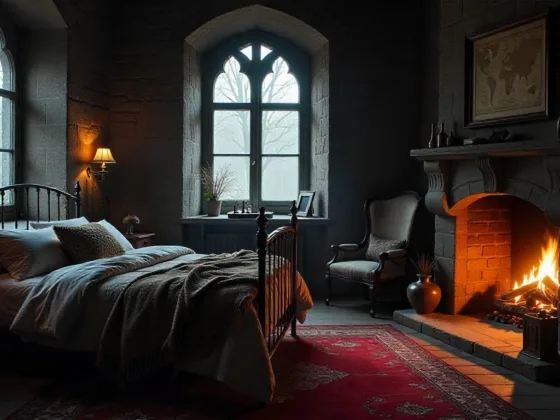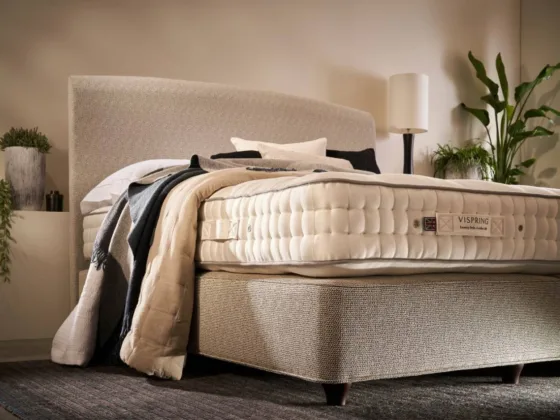Table of Contents Show
As the night gets deeper and you reach for something to cover yourself and feel a little bit cozier, at that point, the importance of a blanket becomes very-very clear.
When the night temperature dives, not having a blanket feels irritable. One of the components of the bedroom that often go unseen and unsung is the blanket.
While the duvet takes center stage and the sheets provide softness, it’s the blanket that tucks around you and gives you a good night’s sleep.
So, what to consider when buying a blanket? It’s pretty straightforward, all things considered, however, do not just get a blanket that feels appealing to your eyes. There’s a little more to the equation than just that.

Budget
Keep your budget in mind, and then go browsing for the blanket. The reasoning is pretty simple there are different blankets for different purposes, and each comes at a specific price point.
Based on the type, brand, material, and stitching, the prices can vary quite a bit.
Generally, you will find that faux fur and Cashmere are some of the most expensive throw blankets, mainly because of the comfort and softness they provide. They also look very glam. You can easily purchase them from Fluffythrowblankets.com.
The Different Types of Fabric
Cashmere
It comes from cashmere goats; this fabric is one of the most expensive blankets.
The Cashmere goats are raised in different places in the world places as Pakistan, Tibet, and India.
This fabric is often preferred when compared to other types of material because it’s softer and provides more robust insulation keeping you warm on colder nights.
The fibers are also strong and light which helps with keeping the weight low.
Read Also:
Cotton
Cotton originates from the cotton plant and is able to provide very long-lasting and breathable material. It also retains its quality after many washes.
It is a staple fiber, and it produces fluffy and soft fabric. The cotton plant grows in India, Africa, and America.
Cotton is also great for people who have different allergies, and depending on the weave, cotton can also be very lightweight for the summertime.
Wool
Wool is warm and heavy; it provides excellent insulation and allows moisture evaporation.
If you prefer a rich, warm, and cozy blanket, then it might be a good choice. However, people are often allergic or sensitive to wool.
Fleece
A super-soft material that is perfect for most seasons. Fleece is also very lightweight, similar to Cashmere, although it is also thinner than most fabrics that you will find on the market.
Despite it being lighter, fleece can still provide a lot of insulation, which helps blankets made from fleece be warm and cozy while being lightweight.
Fleece is made out of acrylic fibers, and the reason many people prefer fleece is that it is highly affordable and long-lasting.
Mink
Firstly, mink blankets have nothing to do with the animal that we call mink. They are not made from mink fur or any fur, for that matter.
These blankets are made from synthetic materials. The primary material is actually acrylic. Mink blankets are very soft because it is composed of 15% polyester and 85% acrylic.
The high percentage of acrylic gives it the soft characteristic, and the polyester helps it keep wrinkle-free.
Blankets made from mink are low maintenance, warm and uniquely plush, and smooth, and a fantastic choice for anyone who doesn’t mind owning a blanket made out of man-made materials.
Mink blankets are beautiful and help you keep toasty and comfy during cold nights.
Down
Down is filled with duck or goose feathers t create a thick fluffy blanket. One of the most effective insulators while also being exceptionally breathable, keeping you warm in winter and relatively cool during the summer nights.
It is a rather desired material mainly because it is able to regulate the body temperature very efficiently and it’s light. Blankets made from down also cost a lot more, mainly due to high-quality material.
Micro-Plush
Mirco-plush blankets are ultra-soft, thick, and non-pilling. MIcroplush material can be either layered or used alone with your coverlet. These are luxurious feeling blankets with high affordability.
Comfort
Comfort is a crucial factor when you are considering getting a blanket. The blanket will contact your body for the most part of the night, and you want it to be comfortable not to interrupt you during sleep.
Needless to say that the blanket should be soft and cozy that doesn’t get coarse as easily.
The Weave Types
Different blankets have different weaves, and depending on how they are weaved, they will have a difference in weight and warmth.
Conventional
The traditional weave is very close and tight, allowing for good heat insulation.
Knit
Heavy, warm, and cozy are the characteristics of knit blankets. These types of coverings are usually made out of synthetic materials or wool.
Thermal
This one is commonly seen in cotton blankets. Thermal weaves are loose, and it allows for easy circulation of the air. For the summer months, this type of weave is highly effective.
Quilted
Commonly seen in Down blankets, these are used to keep the blanket from shifting from the inside.
Conclusion
In conclusion, depending on your preference and budget, go for the one that ticks most of the boxes.
Mink blankets, however, are somewhat different from the bunch and are also great for babies and children.
They are hypoallergic, which makes them ideal for people who have allergies or a sensitive nose.
Cashmere is usually one of the sought-after blankets but also comes at a higher price.
Wool, for the most part, is great except for it being a source of allergy to many people. Fleece is a well-rounded option, and so is mink.









